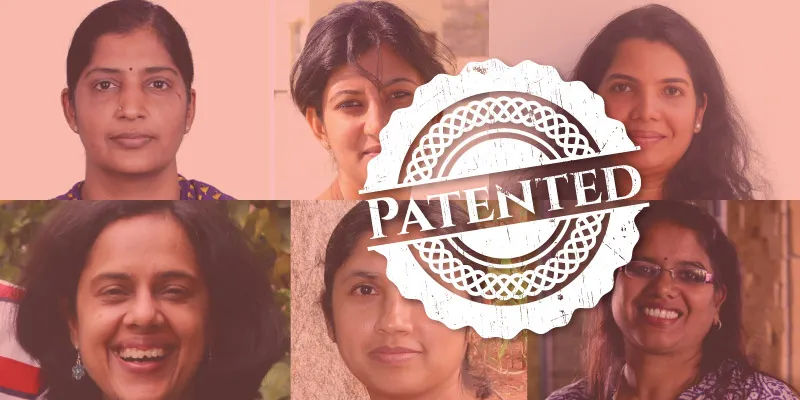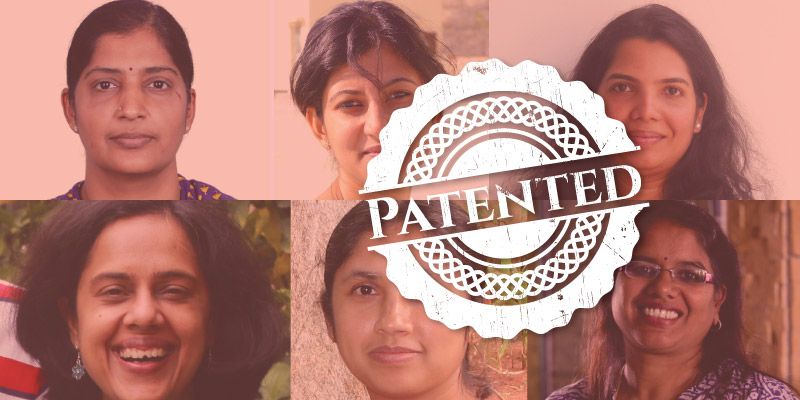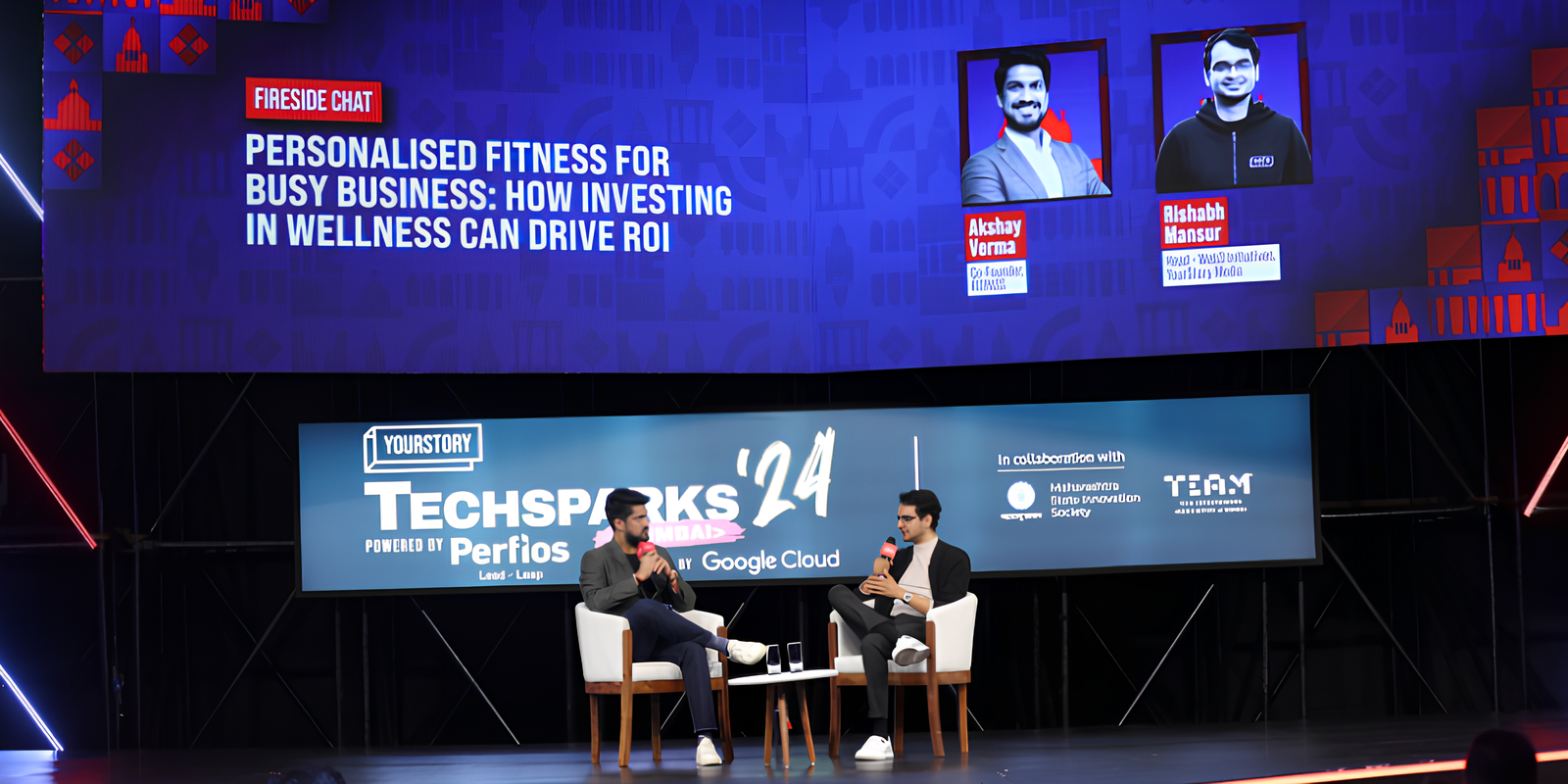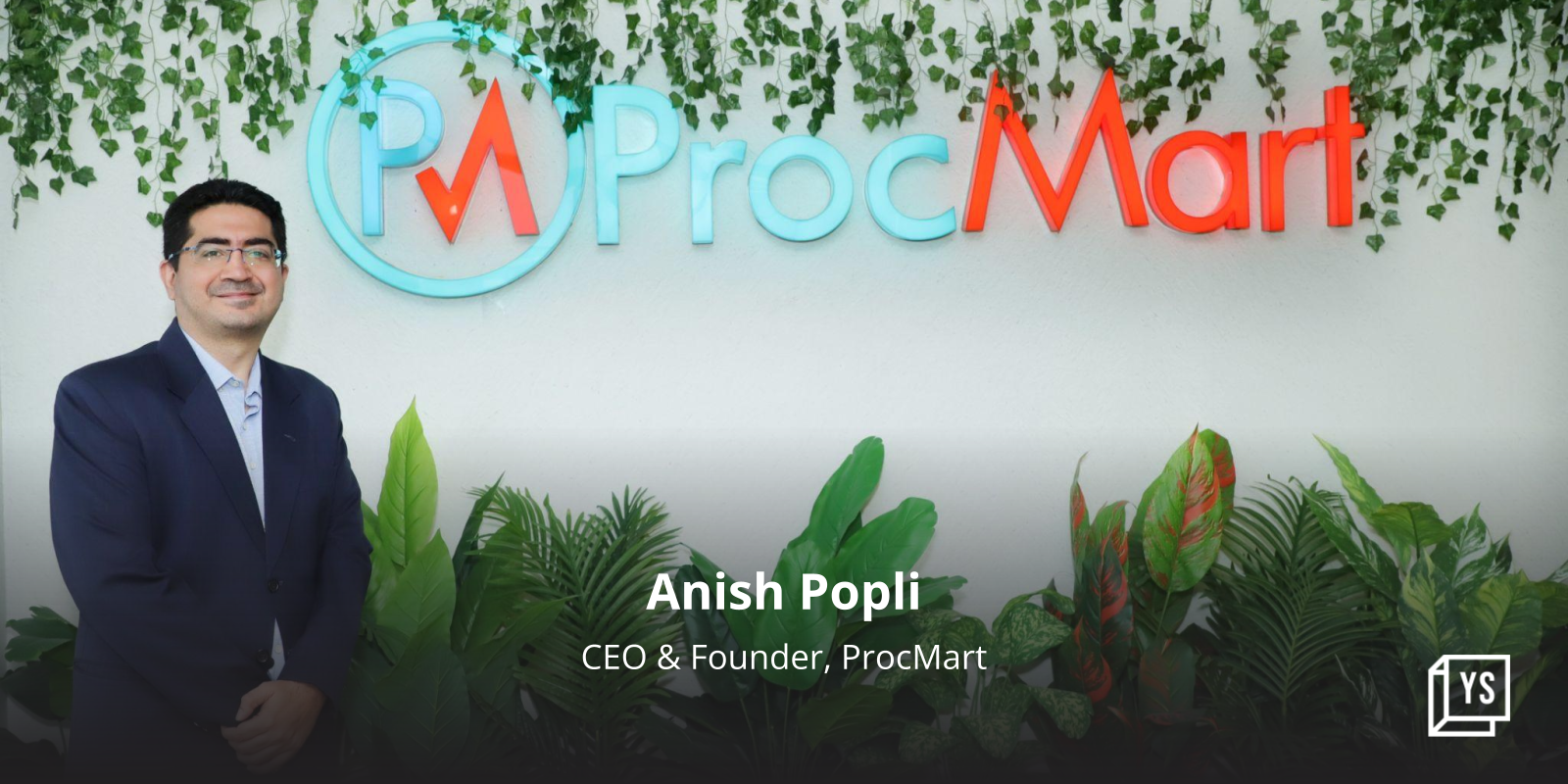Women on Top: How these women showed India the way in filing patents in global technology
Indian Research & Development centres have reason to cheer because a few scholarly women have chosen to walk the “unbeaten track” and are doing the country proud. The unbeaten track is a reference to the dismal patent filing record, in the field of science and technology by women both globally and in India. There is not much data on the subject, but the last research report, which is dated, was commissioned in 2012, by the National Bureau of Economic Research, in the US. The report titled “Why don’t women patent?” said that only 5.5 per cent of commercial patents were held by women in the US. The US files more patents – 1,58,713 in 2014 – than any other country in the world. India only filed 3,044 patents in the year 2014, of which only .50 per cent was women.

Something needs to be done in the matter, especially when even in a country like the US, very few women are taking to the sciences in the 21st century. The accurate report paints a reasonable tale, with data, about why the female patent filing population is so small. The report adds that if more women filed for patents then the GDP per capita of the US, would increase by 2.7 per cent. In pure dollar terms, this would mean a big jump in the livelihood and social esteem of women and close the global gender gap. Currently, according to data of the Bureau of Labour Statistics, a woman earns only 82 cents to the dollar earned by a man.
Clearly, this would empower the Indian woman financially when the patent is granted. The problems for slow patent filing among women begin from the lack of mentoring to lower pay-scales, which also ends in low self-esteem when they enter science-based roles. However, there is a ray-of-hope in every candle in the wind. YourStory salutes the following women who cared less for the mountains of trouble around them and focused on filing patents in their field of work.
Women of the future
Vani Vully, senior engineer, at NetApp, reminisces her college days in Warrangal in the early nineties. Only two of the 70 students in her computer science class were women. After her graduation, she was employed by Wipro Systems. But it was not until 2004 that she began to take computer science in an institutional manner. She graduated from the University of Pittsburgh in computer science and joined NetApp as an engineer. “I had also taken a few years off to enjoy motherhood. But I had the inclination to study computer science further,” says Vani Vully. At NetApp she became one of the co-authors of a patent, and also has a few few pending patents. “The patent granted is about a system that allows seamless access to volume stored in a cluster,” she says.
- A “cluster” is a collection of storage servers; consider this “volume” as virtual hardware. For an application to access the data from a volume in the cluster, it does not have to know on which server the volume is. The volume can move between the storage servers. The data access should continue while it is on one server, is being moved to another server and after is it moved.
This technology is used in hospitals in the US as all patient records are digitised. This means that a doctor can pull out the patient’s health history on demand like X-rays, CT scans, allergy lists, MRIs and ultrasounds during surgery. It is very critical for the patient data to be available all the time. With this invention, the customers will not face any disruption when things are changing in the cluster at the backend.
Vani’s idea may be helping hospitals, but Sreeja Arunkumar, from Robert Bosch Engineering India Limited, is busy tweaking how your car could become your fourth screen. She became an engineer because she was curious about computers and how they could be employed in the real world. Software became her way of dreaming to build applications that could be applied in the real world. As an Expert in Geographical Information Systems, at RBEI, she learned to build software that could change hardware behaviour. She has filed 20 patents, of which three have been published. “You need a mentor to help you think about patenting and how to write patentable papers,” says Sreeja Arunkumar.
- One of her patents helps the user use the telematics unit, in a car, to use offline data (maps) installed in a car to discover points of interest while driving through a location. The car unit then connects to the GPRS to find stores. Currently, she is working on several autonomous and connected car applications that work with smart phones.
“My parents were teachers and instilled that curiosity in me. And at Bosch there are so many inspiring people,” says Sreeja.
If both Vani and Sreeja were working on pulling information in to a system with software, then Srividhya Baskar, of Amagi Media Labs, was thinking of disrupting TV advertisements.
- She was granted a patent for using technology to intelligently break satellite feeds, on National TV, to insert region specific adverts, relevant to the area, without breaking the flow of the content in the channel. The challenge for her was to implement the software without changing the hardware of the set-top boxes because the Central feed would play local ads to TV viewers.
“I am constantly studying new technology and sometimes I have to sacrifice my personal life. But since there is a lot of support from family, I am able to balance work and personal life,” says Srividhya Baskar, CTO at Amagi Media Labs.
The three women are now mentors who have been training engineers to think independently and to find solutions in their field of work, which can then become whitepapers for industry.
Different folks, similar strokes
The likes of Cisco, Oracle, Dell, IBM, Mahindra Comviva and VMWare have their share of women filing patents in India. The whole women patent filing scenario was not created by design. But it is the training processes of these institutions that have opened a whole new breed of technology builders.
Take IBM India’s Shalini Kapoor, who has filed 10 patents. She is not just a science buff, she also organises Escape Velocity, a science fair for school children, in India, which brings the latest technology innovations closer to children. This fair is funded by technology companies including Dell, Microsoft Research and Cisco, and is visited by 3,000 school kids.
“I started patenting quite late in my career, and once I started there was no looking back,” says Shalini Kapoor, Chief Architect, Internet-of-Things (IoT) Solutions at IBM.
- One of her filed patents is related to mobile services, where the technology roots out the common issue of data leakage of enterprise data from mobile phones. Her Internet-of-Things (IoT) patents are all about clustering IoT devices where policies need to be applied on devices based on their logical attributes.
“The startup ecosystems cropping up across the country will inspire many women to run companies in the long run,” says Kiran Muzumdar Shaw, MD of Biocon.
Shaw’s statements are all about the true believers in science. It is all about those who consider studying science as the evolution of mankind.
Kala Sampathkumar, Software Engineer and Senior Manager, at Dell India, thought about science as evolution of the human mind. “From high school, my science teachers inspired me to think this way,” she says.
- Her patents filed are around “Systems Management” where her software standardises a datacenter to easily understand an event, without learning every time, by digitally signing firmware updates, where a full-fledged service processor can take over data processing from the less powerful processor.
Its inspiration in the end
Some women engineers hold back because they think they can find a big revolutionary idea that would change the world. “This seems to be the biggest block for most people. During one of our casual conversations, with senior engineers, we started talking about patents filed by the likes of Apple and Google. That’s when I found out that you patent things as small as curved edges for icons,” says Amrita Banerjee, General Manager – Product Management, MFS, Mahindra Comviva.

- She has filed two patents; one on voice biometrics for fraud detection and control. The other is on “tap on delivery” to make payments. The voice biometric patent focusses on the use of a stress word, which allows the system to detect that the user is under duress. It then takes action accordingly. The actions can be configured and defined by financial institutions to protect the customer. For example, it could push a dummy message like ‘Your account is currently suspended. Please reach out to our customer care.
Her colleague Poonam Tharad believes that every woman in the field of science can file a patent if they created support ecosystems from families and friends. “Women have to cope with their work and family life balance. They simply must believe in themselves. They should not feel guilty in case they are chasing their dreams and are not able to spend enough time with their family. This is where support matters,” says Poonam Tharad AVP – Mobile Solution for Engagement and Learning.
- Poonam’s invention relates to digital content, which comes out on the device screen, from applications inside devices. The idea is to push content to the user rather than pulling them inside the system or app to consume the content. The push content will come on the screen as per the user’s preferred time and date. This system is very different from push notifications.”
But how can we get more women to file patents?
“There is a fear, myth, among most women, especially in R&D, that either they are not technically sound or they should spend more time, at work, due to which they can’t have a work-life balance,” says Shwetha Lakshman Rao, senior engineer at VMWare India, who along with a few colleagues filed a patent.
- Here the software aims to manage workflows across management servers with features like disaster recovery, high-availability, and resource pooling even during failure of the virtualisation management server.
According to Kavya Musani, Shwetha’s colleague at VMWare, women end up taking many tasks onto their plate and seldom delegate. “This leaves them with very less time to explore new arenas. Networking has become a weak area for working women and this restricts their thought process in leveraging the confidence because of the limited insight that they have,” she says.
Kavya adds that science is very practical. “My father refers to the kitchen as an in-house chemical lab and his thoughts influenced me to see and learn everything in that light. This way of thinking really simplifies the way we learn and study our academics,” says Kavya Musani.
- She has filed one patent, in managing VCIs (Virtual Component Interface) efficiently by taking improved precautions which will help in minimising system downtime during disaster recovery.
With these women sharing their experiences about the nature of patent filing, it is clear that in India, education alone cannot increase the number of women filing patents in the field of science and technology. The motivation has to come from socio-economic reform and in a self-belief that the only barrier is in not knowing the benefits of taking sciences to the next level of professional excellence.
Why do very few women file patents?
- Irrespective of gender, the nature of R&D (filing technical papers) is quite challenging
- Girl children are not encouraged to take sciences
- Women enter management roles very early
- Low payscales
- Lack of mentoring to file technical papers.











